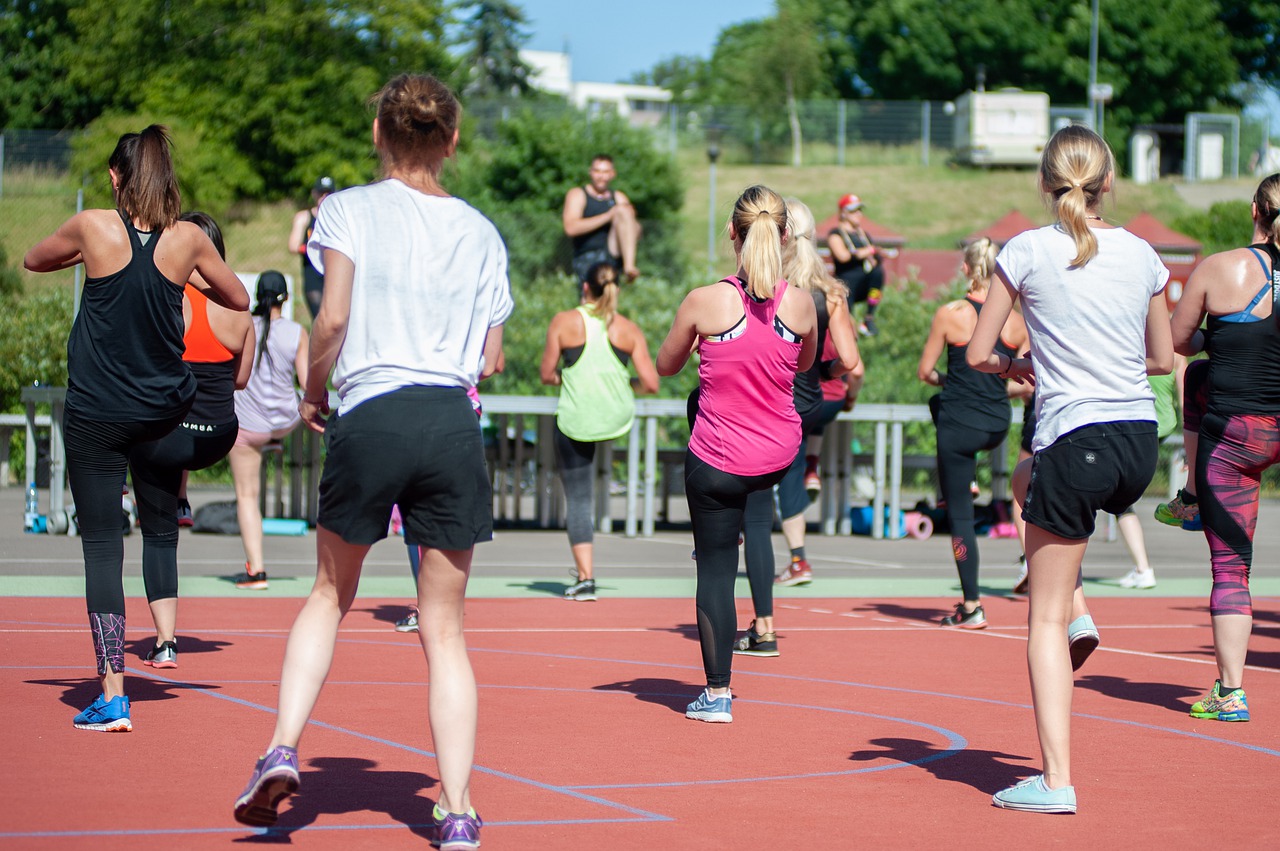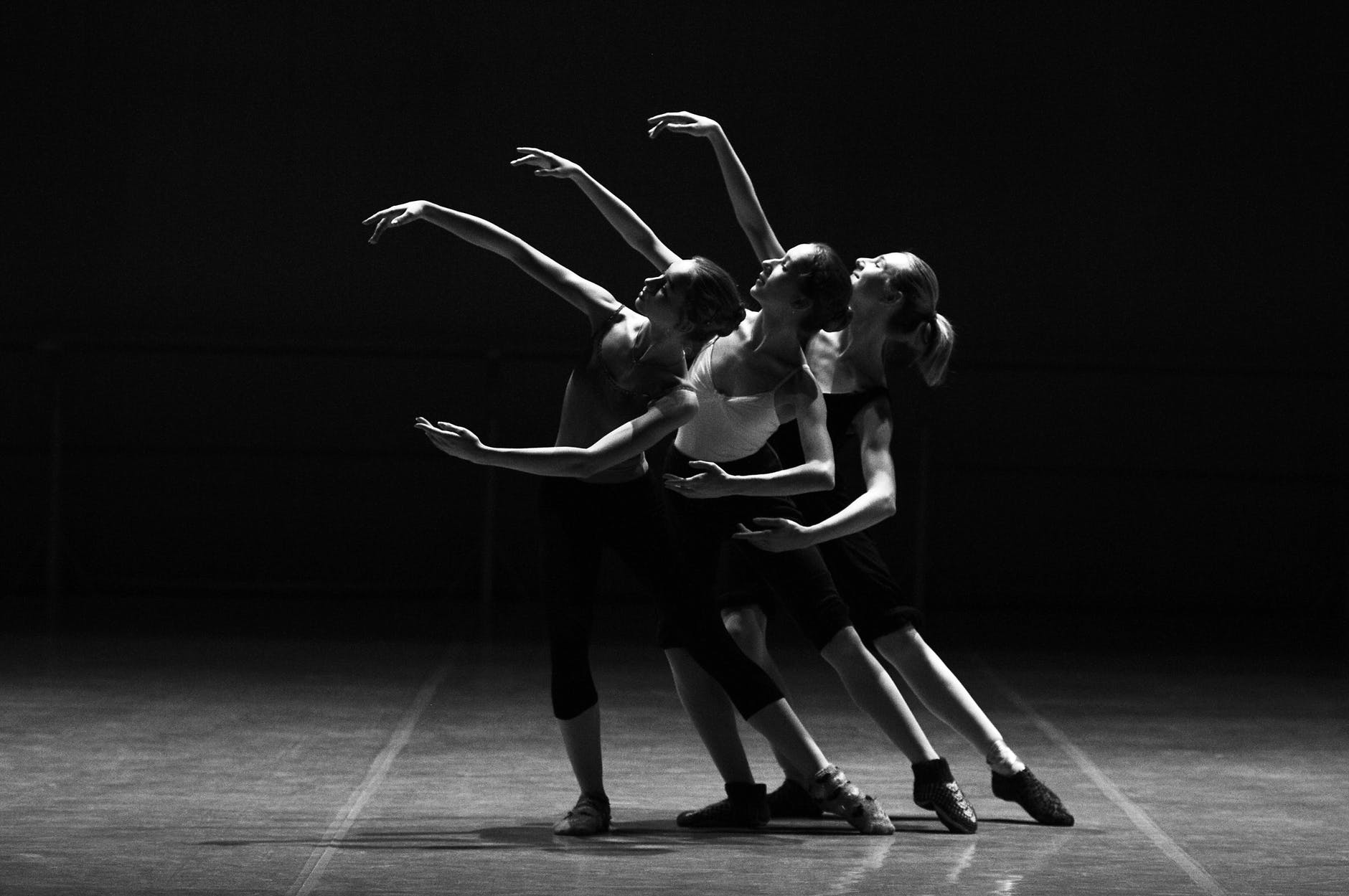So you wanna dance? It doesn’t mean that you should straightway buy leopard skin lycra and matching leggings. Dancing is accessible to most people, and some necessary preparation (including getting the right dancing shoes on and warming up) can help improve your confidence, progress, and enjoyment.
While there are hundreds of different types of dancing, there are a few warm-up basics and basic dance equipment that you should consider before you start dancing.
Table of Contents
The Dance Warm-Up
Whether it’s pole dance or polka, street dancing or salsa, or belly dancing or the ballroom, you need to warm up those muscles. Your body will function great when it is hot. Including an expansion element in your preparations improves your flexibility and the ease with which you can move around.

Flexible muscles are less prone to injury. Therefore, stretching is an essential part of your dance warm-up. However, keep in mind that you should never expand a cold muscle. A cold muscle is not as flexible as a hot muscle. So if you stretch without warming up, you could injure yourself. Warm-up your muscles before you stretch by going for a brisk walk, jogging a little, or even dancing a small (but nothing much energetic).
Dance Shoes
Dancing, like sport, requires the right equipment to do it well. If you’ve fallen in love with a particular dance style, you may want to think about your shoes so you can let your bases do the chit-chat.
Picking the right dance shoes can make a big difference in your learning experience and overall in your social or performing dance experience. Your coach can direct you on the best type of shoe for your dance style, but here are some basic things to keep in mind.

Buying Dance Shoes – Tips for Men
- Choose lightweight dance shoes that emphasize comfort over style.
- The boots should fit snugly so that your foot does not move in the shoe, but not too tight.
- When buying your dance shoes, wear the same socks you want to dance to.
- A right all-round shoe that can use for most models has a heel of approximately 2.5 cm (less than an inch). Low heels of roughly 2 cm recommended for Latin American dances such as ballrooms or Latin. In comparison, high heels of approximately 3.5 cm generally recommended for dances such as jazz and salsa.
Buying Dance Shoes – Tips for Women:
- Avoid shoes with thin straps as they offer less support than wider ones and can stretch too much.
- Choose high-quality leather with the straps close together.
- If you have thin feet, don’t choose a full dance shoe with open toes.
- Never buy dance shoes just for looks. They should be fit and comfortable.
- Wear closed-toe shoes if you expect your partner to step on your toes, for example. B. when learning the tango.
- Heels should not exceed 7.5 cm. The best heel area is between two and two and a half inches.
Conclusion
As with everything, the purchase of your shoes is made to measure and not in-store, but more expensive. Good leather dance shoes are preferable to synthetic materials because they can stretch and adapt to the shape of the foot.
The choice of the sole is also important for options such as chrome soles, suede soles, and smooth leather soles. The chrome sole can be used for almost any surface, while the suede sole is only suitable for wooden floors. Smooth leather soles are usually too slippery to dance to, except for experts. Shoes with rubber soles should avoid as they cause too much friction and interfere with your freedom of movement on the dance floor.
In this context, what is stopping you from doing so? Warm-up, stretch, and dance in your comfortable, well-fitting dance shoes.


